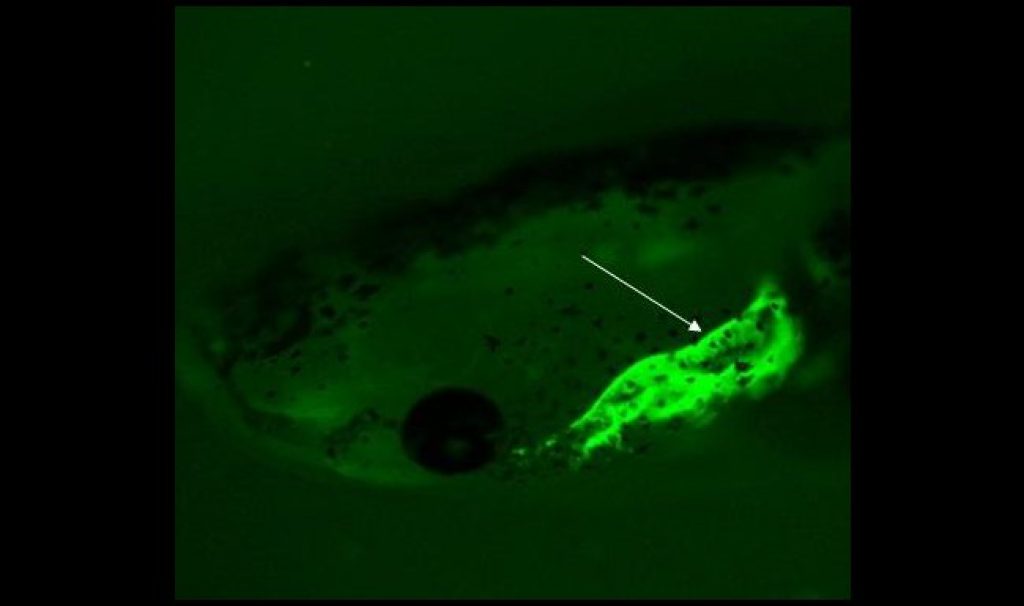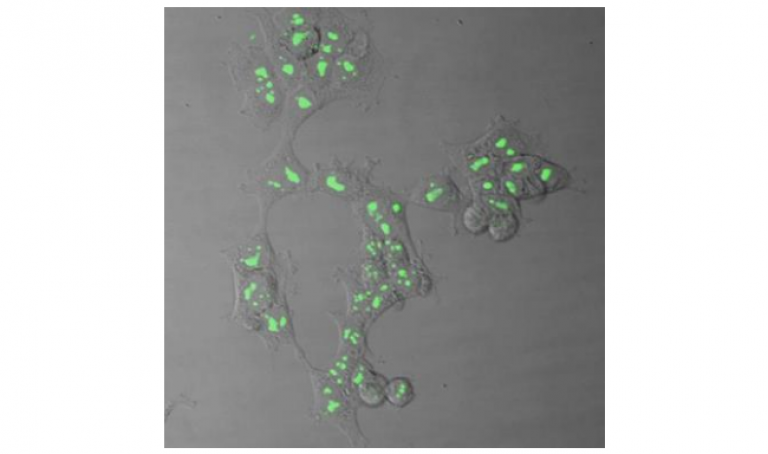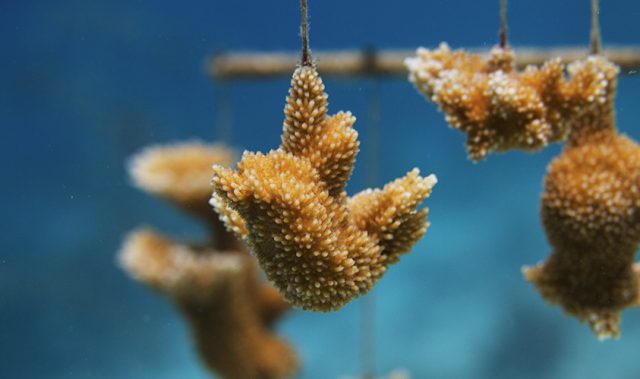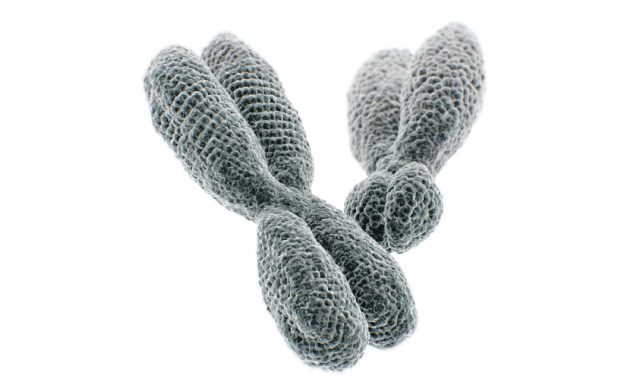
AsianScientist (Dec. 11, 2014) – Scientists have developed an alternative method of gene editing that allows them to introduce new genes not only in cultured cells but also organisms including silkworms and frogs. This research has been published in Nature Communications.
Currently, genome editing technology makes use of enzymes that cause homologous recombination, a pathway used by cells to repair double stranded breaks in DNA. Homologous recombination activity, however, is relatively low in most cultured cells and organisms, presenting technical hurdles for the widespread application of gene editing.
Instead of homologous recombination, researchers led by Professor Takashi Yamamoto from Hiroshima University have used microhomology-mediated end-joining (MMEJ), calling their system Precise Integration into Target Chromosome, or PITCh. Although MMEJ is more error-prone than homologous recombination, using shorter sequences of DNA to determine specificity, it occurs throughout the S-phase of the cell cycle while homologous recombination is restricted to the G0/G1 and early S-phase.
Combining PITCh with transcription activator-like effector nucleases (TALENs) and clustered regularly interspaced short palindromic repeats (CRISPR)/CRISPR-associated 9 (Cas9) allowed the researchers to efficiently integrate foreign DNA into target sites on chromosomes in human cells as well as model organisms. They further demonstrated that CRISPR/Cas9-mediated PITCh could be applied in human cells without carrying the plasmid backbone sequence.
The researchers predict that the PITCh system will be useful for creating disease models for drug screening and therapy development. It could also be used to increase the production efficiency of recombinant proteins such as pharmaceutical materials in cultured animal cells.
Furthermore, in silkworms, these strategies can be applied to production of functional recombinant silk proteins. The research group anticipates that the PITCh system will enhance the usefulness of genome editing techniques in a variety of cells and organisms, especially in those in which gene knock-in is hindered by low HR efficiency.
The article can be found at: Nakade et al. (2014) Microhomology-Mediated End-Joining-Dependent Integration of Donor DNA in Cells and Animals Using TALENs and CRISPR/Cas9.
—–
Source: Hiroshima University.
Disclaimer: This article does not necessarily reflect the views of AsianScientist or its staff.












